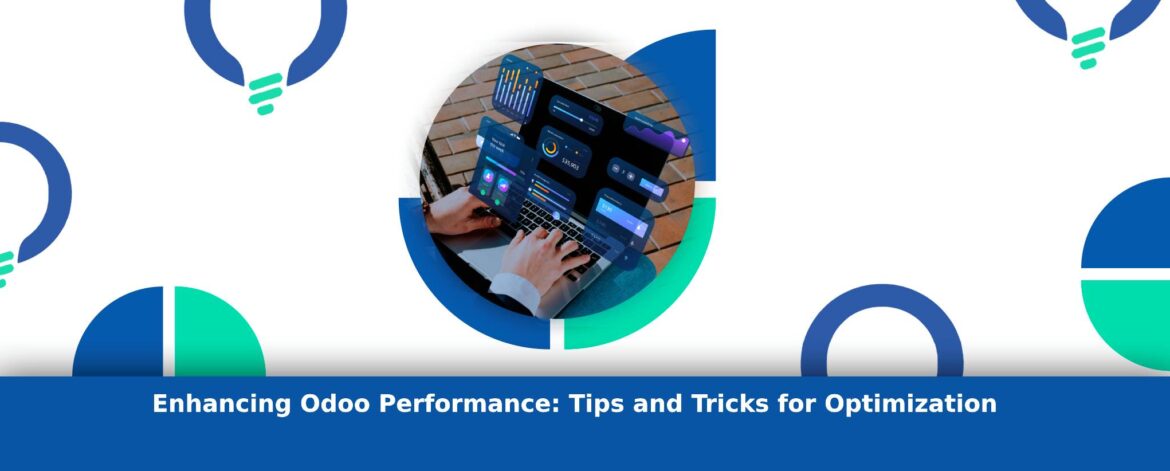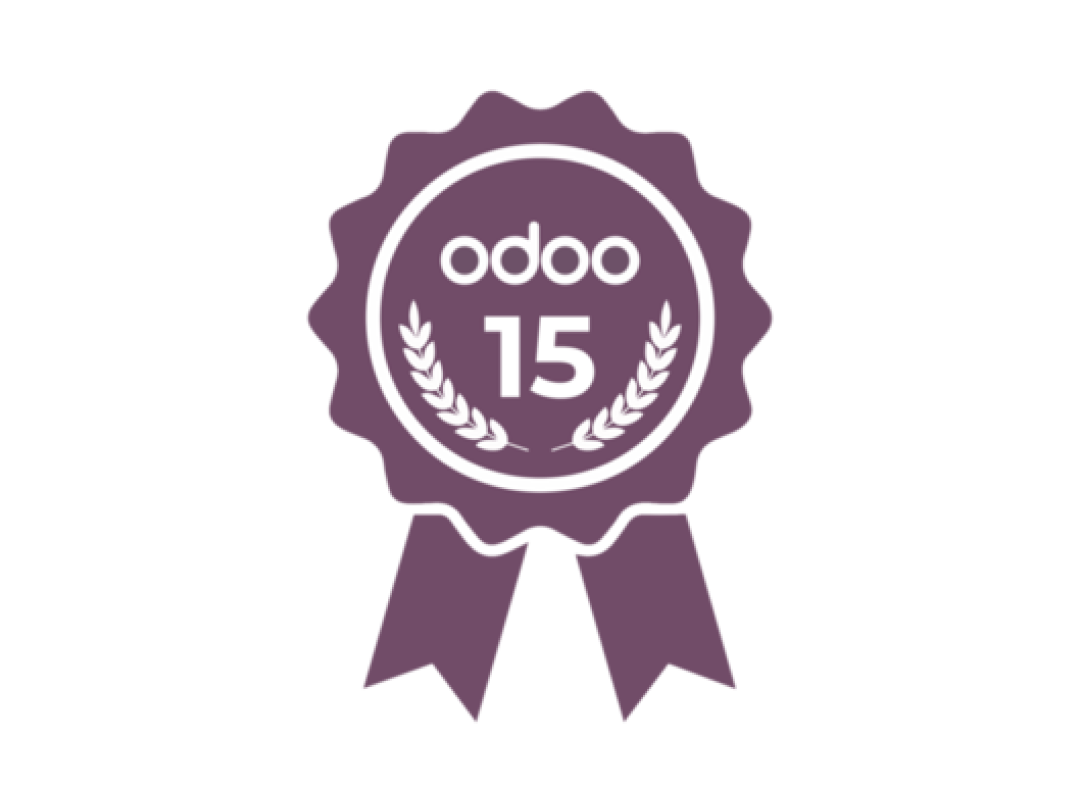In today’s competitive business landscape, optimizing software performance is crucial for maximizing productivity and efficiency. Odoo ERP offers a multitude of functionalities, and ensuring its optimal performance is paramount. Let’s explore proven tips and tricks to enhance Odoo’s performance for seamless operations and improved efficiency.
Regular System Maintenance and Updates
Maintaining Odoo’s health requires regular system checks and updates. Ensure you’re running the latest version, incorporating patches, and applying updates to leverage performance improvements and security enhancements provided by Odoo’s continuous development efforts.
Database Optimization
The database is the backbone of Odoo’s functionality. Optimize the database by regularly cleaning up unnecessary data, archiving old records, and optimizing queries to improve response times. Consider using tools like PgAdmin or Odoo’s database manager for efficient database management.
Efficient Server Configuration
Optimize server settings, allocate sufficient resources, and configure hardware specifications according to the system requirements. Utilize load balancers for distributing traffic effectively and consider employing caching mechanisms to reduce server load and enhance response times.
Streamlined Workflows and Modules
Review and streamline workflows by identifying and disabling unnecessary modules or features that are not actively utilized. This declutters the system, reduces resource consumption, and enhances overall performance.
Code Optimization and Customizations
Carefully assess and optimize custom code and customizations within Odoo. Efficiently written customizations reduce processing time and resource utilization, contributing to better performance. Follow best coding practices and leverage Odoo’s development guidelines for efficient customizations.
Image and File Compression
Large image and file sizes can impact system performance. Implement image and file compression techniques to reduce storage requirements and speed up data retrieval, especially within modules like eCommerce or document management.
Scheduled Automated Tasks
Configure automated tasks, such as backups, data archiving, and system maintenance, to run during off-peak hours. This minimizes system load during regular business operations, ensuring smooth and uninterrupted performance.
Monitoring and Performance Testing
Regularly monitor system performance using tools like Odoo’s built-in performance tools or external monitoring software. Conduct performance tests to identify bottlenecks, measure system response times, and fine-tune configurations accordingly.
Utilize Odoo’s In-Built Optimization Features
Leverage Odoo’s built-in optimization features like database vacuuming, server logs analysis, and performance tuning tools available within the application to improve overall system performance.
Conclusion: Efficiency Through Optimization
Optimizing Odoo’s performance is a continuous process that requires regular monitoring, fine-tuning, and adaptation. By implementing these proven strategies for optimization, businesses can experience enhanced efficiency, reduced downtime, and a smoother operational experience with Odoo.




